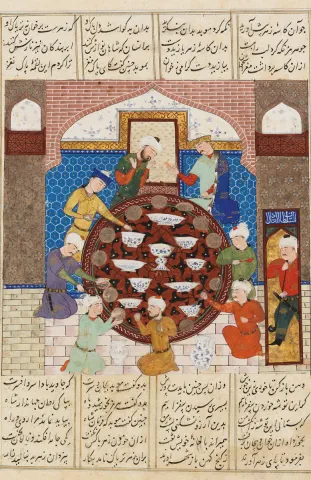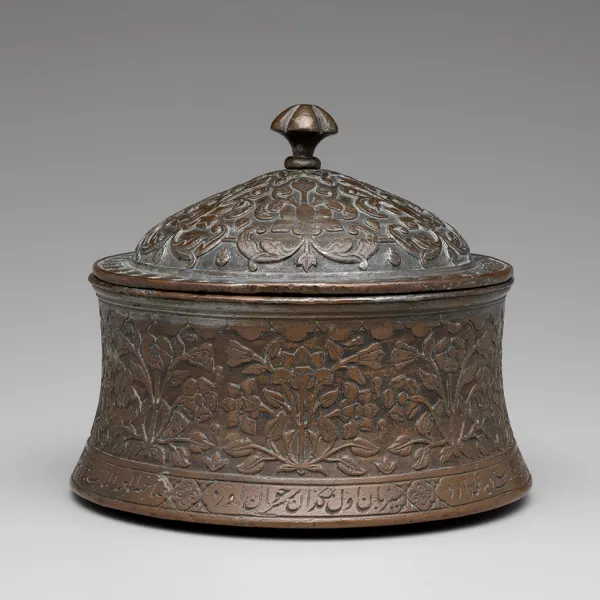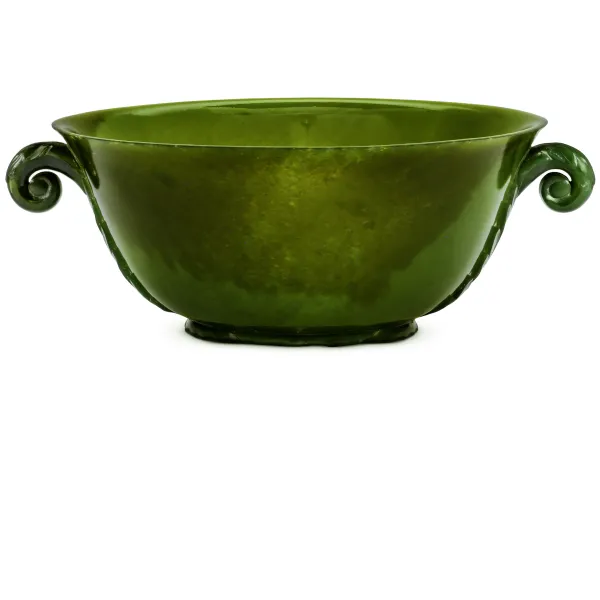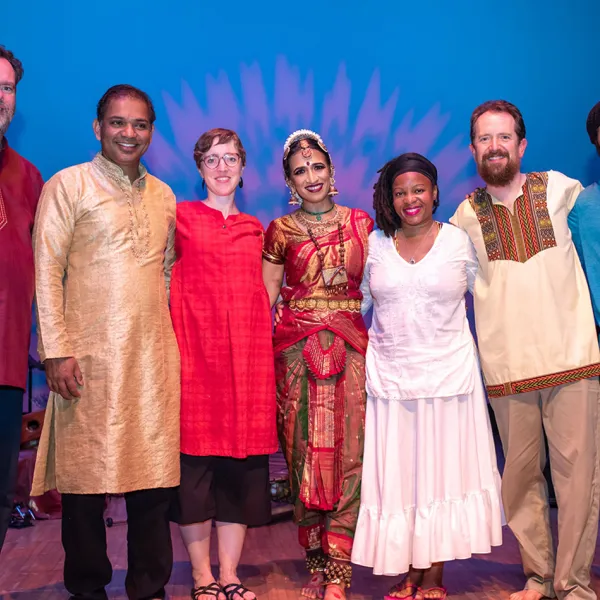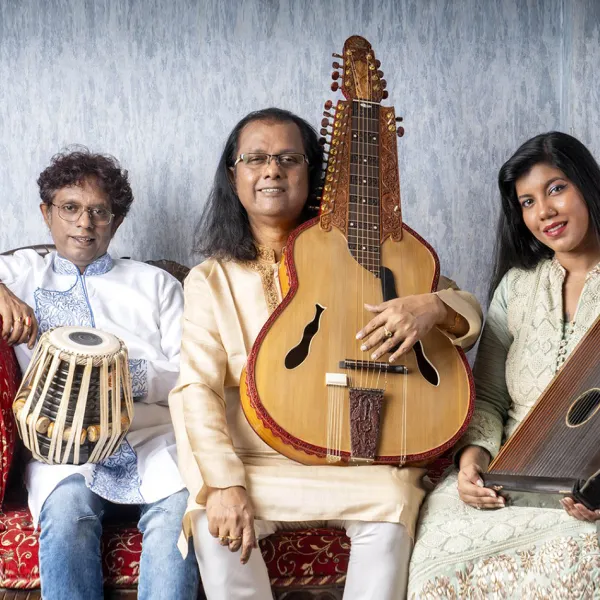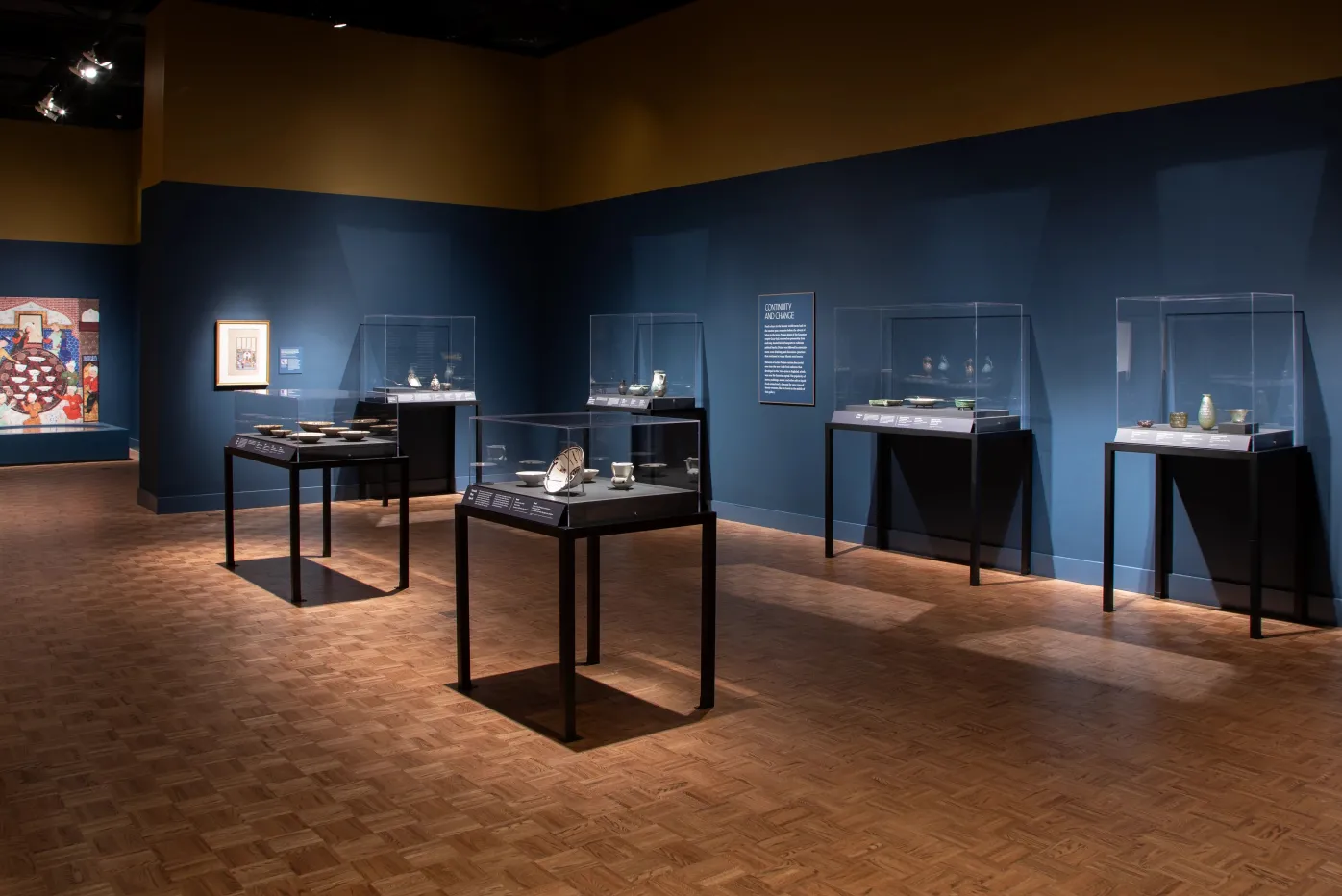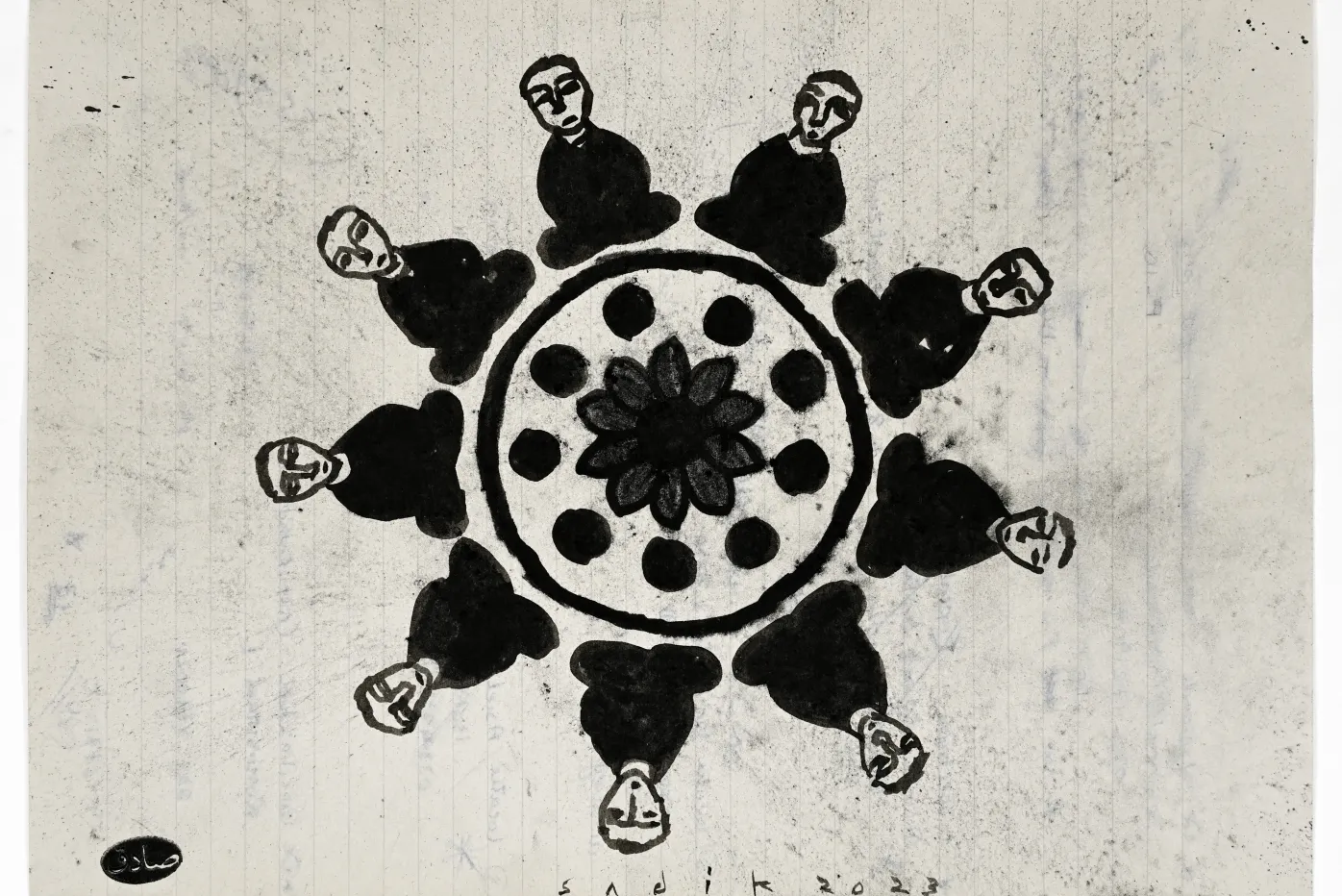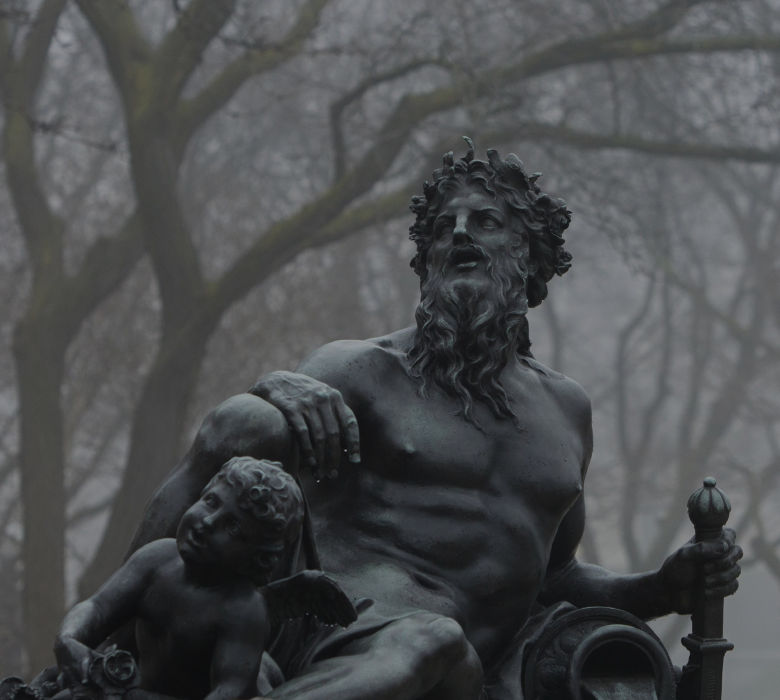In Madrid, Spain, where I was born, there is a tradition of eating “churros con chocolate” in the morning –– especially those early mornings after a late night out with friends. A churro is basically fried dough, in a ribbon form, sprinkled with sugar. It is delicious on its own and even better when dipped in hot chocolate. There is a lot of discussion about the origin of churros, and some credit China for its invention. In Spain, we believe that they were introduced to us during the time of the Islamic rule over the Iberian Peninsula (711 – 1492). For more than seven centuries, Spain was part of the Islamic world, which left an enriching and indelible mark on our language, culture, art and food, to name a few. In fact, some preserved cookbooks from the Spanish Islamic times, include instructions on how to make “al-Zalábiyya” (wheat dough, pressed through a circular hole, and dropped into a pan with hot oil) which is the first ancestor of the Spanish churro.
I never thought that a churro, which I had always connected to Spanish history and traditions, would have such a fascinating story behind it. Furthermore, it made me realize that culinary practices of the Islamic world may have deep roots in society.

DIA Board Chair Lane Coleman and his wife Leigh Chandler eating churros with DIA Director Salvador Salort-Pons in Madrid last spring.
The Detroit Institute of Arts just opened an exhibition that celebrates breaking bread and coming together around a table. It is called The Art of Dining: Food Culture in the Islamic World. In it, we explore Islamic art through the lens of food and all the traditions that go with it.
One will not find a recipe for humble churros in it, but an amazing array of beautiful art objects loaned from some of the most important museums around the world. Guided by inspiring narratives throughout the galleries, we discover sophisticated dining utensils, elegant and practical dining outfits as well as musical instruments that were played while enjoying delicious foods. Furthermore, in the galleries you will be invited to smell some of the scents used to prepare the dining rooms before a meal and see some of the ancient books that recorded recipes, some of which bear some resemblance to those we still use today!
In a more philosophical way, the show invites us to connect with our shared humanity. We are privileged to eat every day, benefiting from the wonderful fruits of nature, as we come together at the dining table. We all have some “art of dining” in our families and the food experience transcends all backgrounds, borders, and nationalities, as one can experience throughout this show.
Every time we organize a new exhibition, we strive to create a space for you to see something new and beautiful that relates to some inspiring stories. Furthermore, we hope that this space will spark dialogue among different communities and bring some good to all of us as we work together to make our society better. In the meantime, we look forward to welcoming you to The Art of Dining soon –– and after that perhaps you can enjoy some churros that Detroiters produce in the area!
-----
The Art of Dining: Food Culture in the Islamic World is organized by the Los Angeles County Museum of Art.
At the Detroit Institute of Arts, the exhibition is generously supported by the Friends of Asian Arts and Cultures.
The Art of Dining: Food Culture in the Islamic World has been made possible in part by a major grant from the National Endowment for the Humanities: Democracy demands wisdom.
Any views, findings, conclusions, or recommendations expressed in this exhibition do not necessarily represent those of the National Endowment for the Humanities.
